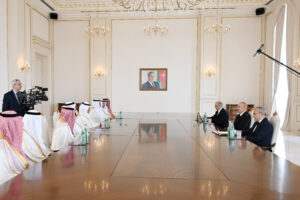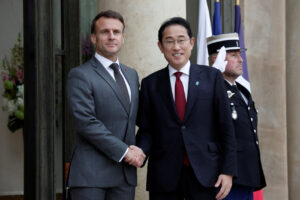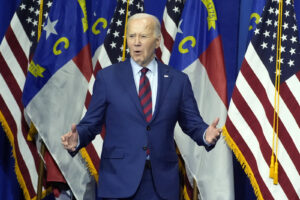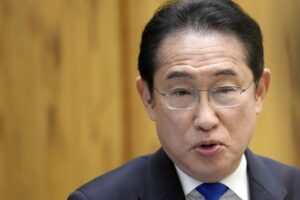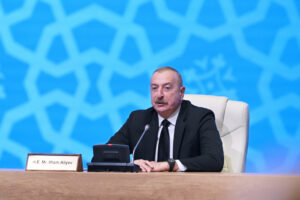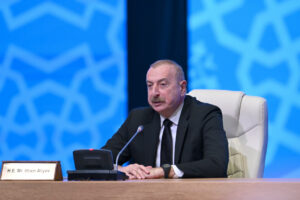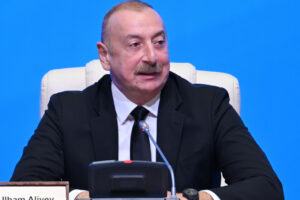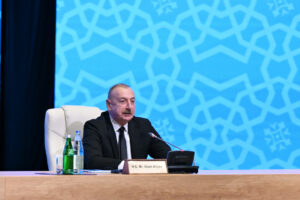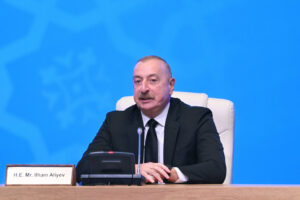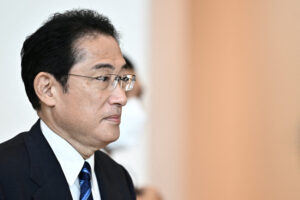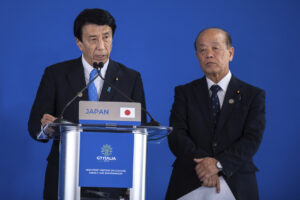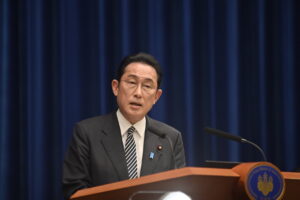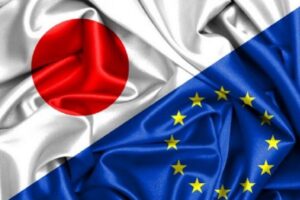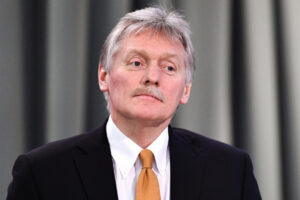Tokyo, 8 April, /AJMEDIA/
The Bank of Japan’s monetary easing was “appropriate” and effective in jolting Japan out of deflation, and its retention under new leadership is of utmost importance as inflation expectations are heightening, outgoing Governor Haruhiko Kuroda said Friday.
In his last press conference as governor, Kuroda again expressed his regret over the BOJ’s failure to attain its 2 percent inflation target stably before his term ends on Saturday. But he added that goal is still nearer than when he took office in 2013.
Kuroda will hand the reins to academic Kazuo Ueda, a monetary policy expert who has taken the stance that monetary easing should be in place. The outgoing governor acknowledged that the past decade of unprecedented monetary easing has had side effects but denied that the policy tool had reached its limits.
“What is critically important is to promote economic growth and sustain wage growth through monetary easing,” Kuroda, 78, said at the press conference.
“Large-scale monetary easing has shown its effects, and our guiding of policy has been appropriate,” he added.
Kuroda’s whirlwind tenure was devoted to beating deflation and meeting what he has described as a “global standard” of 2 percent inflation.
Inflation, as measured by the core consumer price index, excluding volatile fresh food items, hit 3.1 percent in February, though the BOJ expects the rise to be temporary absent robust wage growth. By comparison, when Kuroda became governor in March 2013, the rate had dropped 0.5 percent from a year earlier.
The “deep-rooted norms” that prices and wages will not rise, established during Japan’s 15 years of deflation, are to be blamed for missing the inflation target, but external “shocks” from higher import costs, along with a tight labor market, are changing such perceptions now, the governor said.
Kuroda, known for taking aggressive monetary easing steps that later became known as “bazooka,” made a sensational pledge in 2013 to achieve 2 percent inflation in two years and double the monetary base.
The BOJ began undertaking policies that often shocked financial markets, and the surprise introduction of a negative interest rate in 2016 was criticized for hurting banks’ profitability.
The BOJ has been keeping short- and long-term interest rates depressed through massive purchases of government bonds. In recent months, the central bank has had to ramp up buying to counter market pressure, allowing for more flexibility in long-term yield moves.
As a result, the BOJ’s bond holdings swelled to 581.72 trillion yen ($4.4 trillion) as of March, a record for any fiscal year-end, meaning that more than half of the outstanding Japanese government debt is owned by the central bank.
Another notable outcome of aggressive monetary easing under Kuroda, a former top currency diplomat for Japan, was a weak yen. The currency’s depreciation served as a boon to Japan Inc., which had suffered from the yen’s sharp appreciation beyond 80 to the U.S. dollar.
The yen weakened past 150 last year, reflecting the BOJ’s dovish stance, while major central banks shifted from COVID-era crisis mode and started raising interest rates to fight inflation.
Share prices also got a boost from monetary support, helped by the BOJ’s purchases of exchange-traded funds that made the central bank’s huge presence felt, both in the bond and stock markets.
As the BOJ’s monetary policy has become all the more complex and some decisions came out of the blue, calls grew for more clarity and better communication. In a survey conducted by research firm Teikoku Databank targeting some 1,000 companies, monetary easing under Kuroda got an average rating of 65.8 out of 100 points.
Finance Minister Shunichi Suzuki gave Kuroda credit on Friday for his efforts to work closely with the government in revving up the economy and attaining stable inflation based on a 2013 joint accord, saying that their coordination has yielded “big results.”
Still, economists say Japan has been too dependent on the BOJ’s monetary easing, a key part of the “Abenomics” economy-boosting program under then-Prime Minister Shinzo Abe, at a time when a better strategy to foster the country’s longer-term growth was largely missing.
During his last press conference, Kuroda acknowledged the difficulty of monetary policy aimed at impacting the real economy via the financial system, drawing a contrast with a fiscal policy that is more direct.
“I understand quite well now that we need to carry out thorough analysis and pay due attention,” Kuroda said.
Any unwinding of Kuroda-era monetary stimulus is left up to Ueda, who made theoretical contributions as a member of the Policy Board between 1998 and 2005 when it introduced a zero-interest rate and quantitative easing.
If long-term yields rise over the course of a shift to tighter monetary policy, this will deal a blow to the debt-ridden government as it has to shoulder higher debt-servicing costs. Japan’s debt is more than twice the size of its economy.
Kuroda was asked if the BOJ has exhausted all possible monetary easing steps during his time.
“I’m not in a position to comment on what policy steps would be taken under the next governor Ueda…but I wouldn’t say there is no room left for further easing,” he said.



